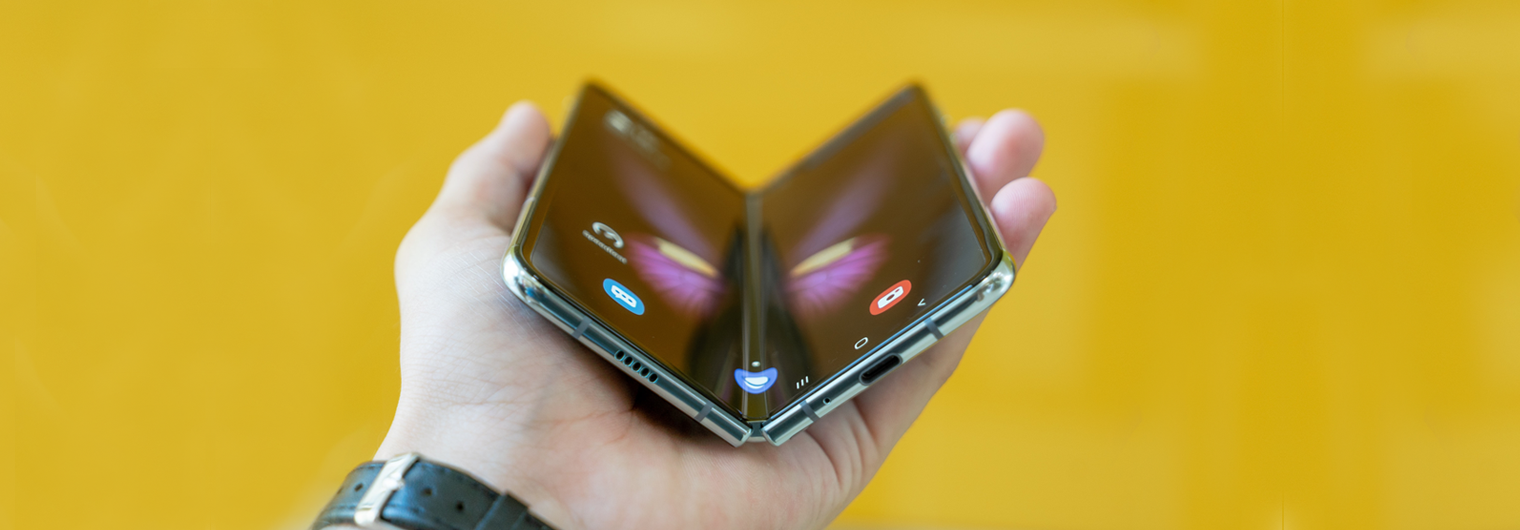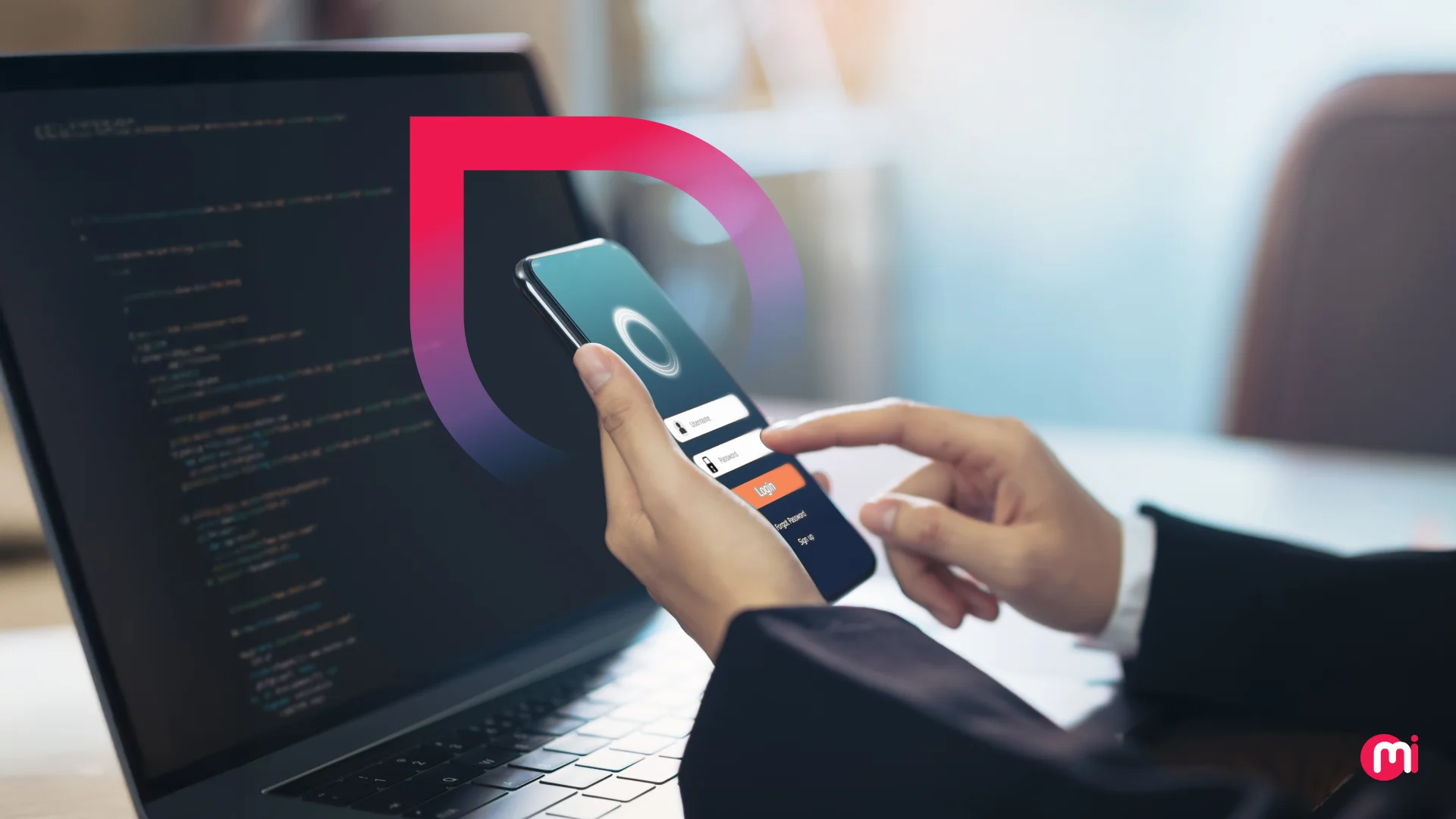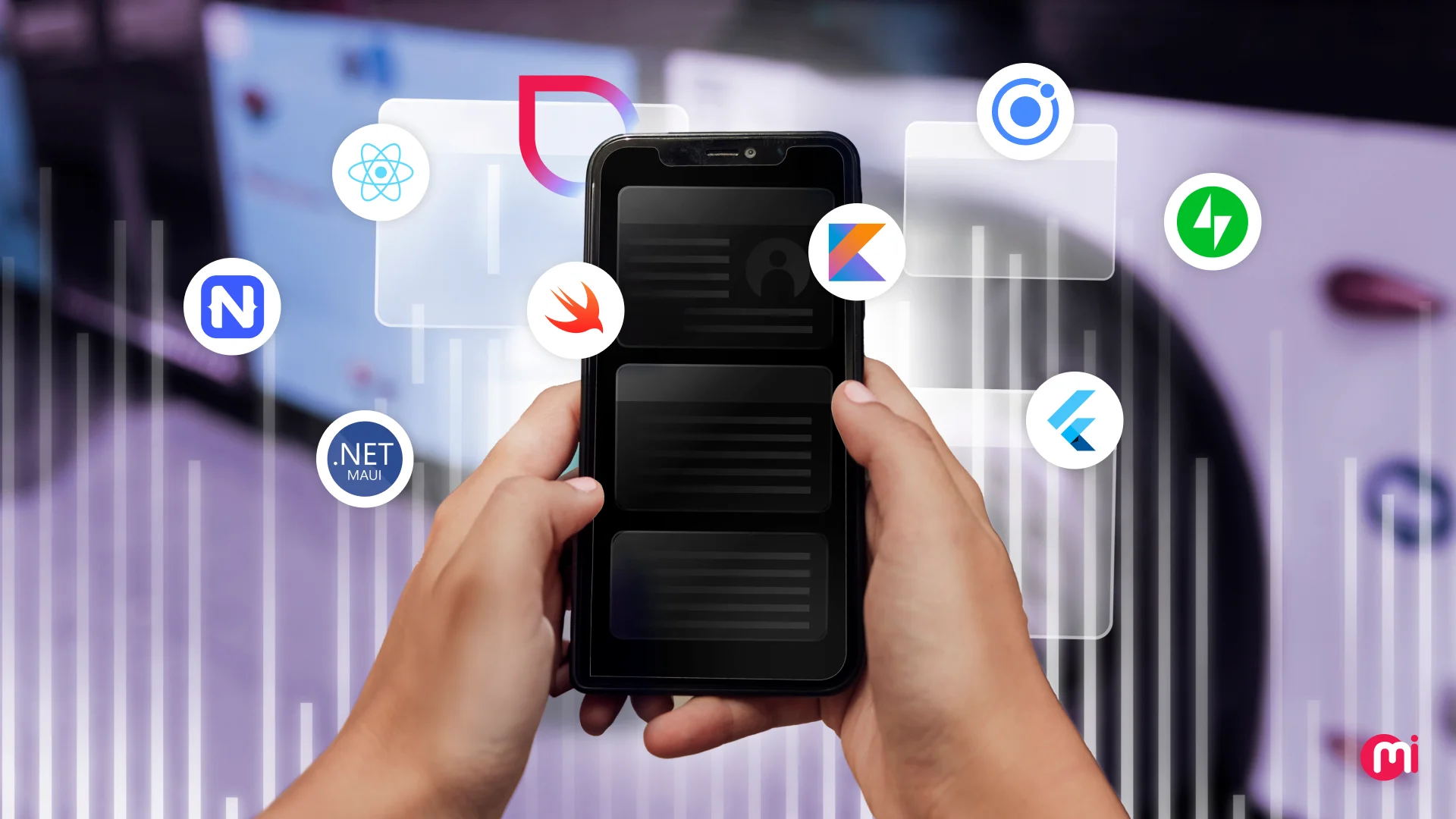How to Develop Apps for Foldable Smartphones?
- Mobile
- February 28, 2020
There were 3.2 billion smartphone users in 2019. And according to Lefttronic, an average smartphone user has over 63 interactions with their phone every day.
Another report by IAB revealed that almost 60 percent of online searches now came from mobile devices.
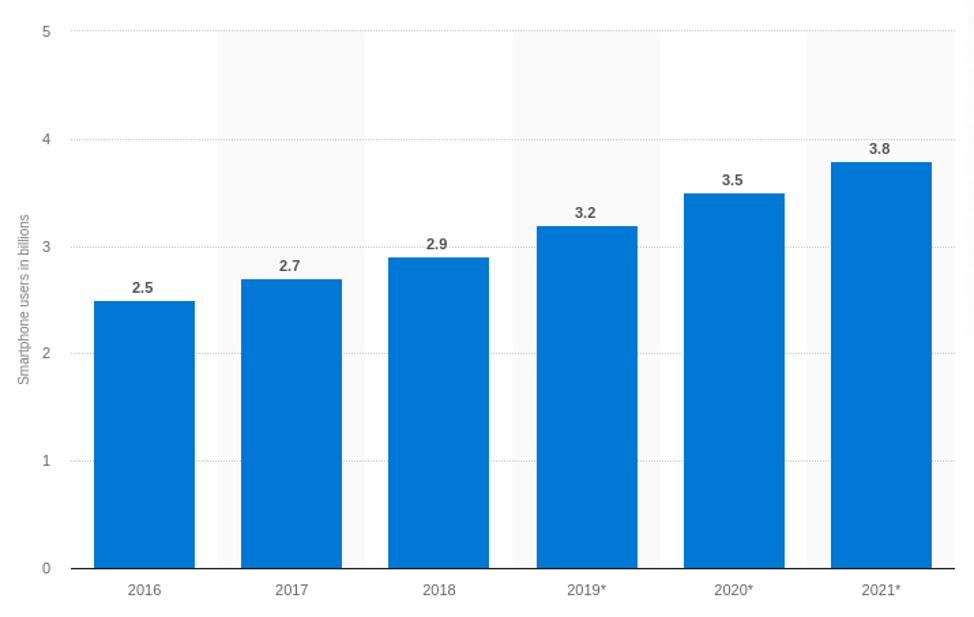
So, what do people use their smartphones for? As per report, over 90 percent of the time of smartphone users is spent on apps. And an average person uses over 30 apps.
If we were to say that smartphones and the apps they offer are now a staple of modern life, it wouldn’t be a sweeping statement to make.
Now, the industry has moved beyond conventional smartphones. While there was a time when merely having a smartphone with optimum features was enough to satisfy the masses, now consumers want more.
Factors to Consider When Developing Apps for Foldable Smartphones
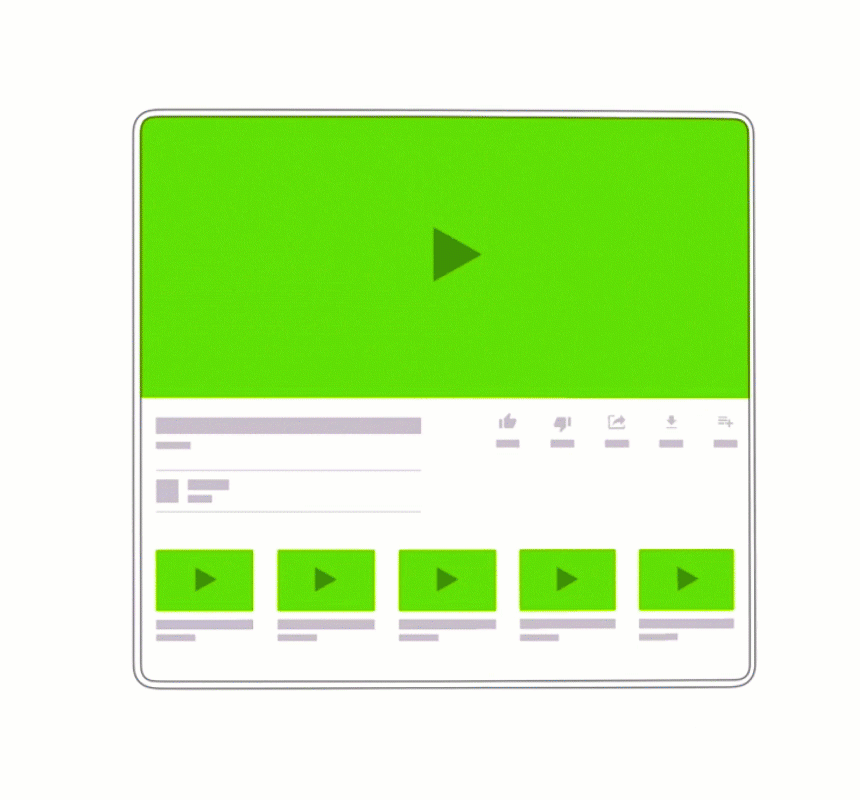
A recent innovation within the smartphone industry is the launch of foldable smartphones.
For app developers, this poses a very serious question – how does this recent invention within the smartphone sector affect app development? Here are the factors and alterations you must consider when developing an apps for foldable phones.
1. Make it Resizable
One distinct feature of foldable smartphones is that their screens are significantly larger than any of the smartphones that we are used to. Additionally, most foldable smartphones are equipped with multi-window mode.
As an app developer, you must make sure that the app you develop is compatible with both the size of the screen and the multi-window mode. The easiest way to do so is by using the code “resizeableActivity=true”.
What does this code do? Well, it helps the system in assuming that your app supports multi-window and resizable screens.
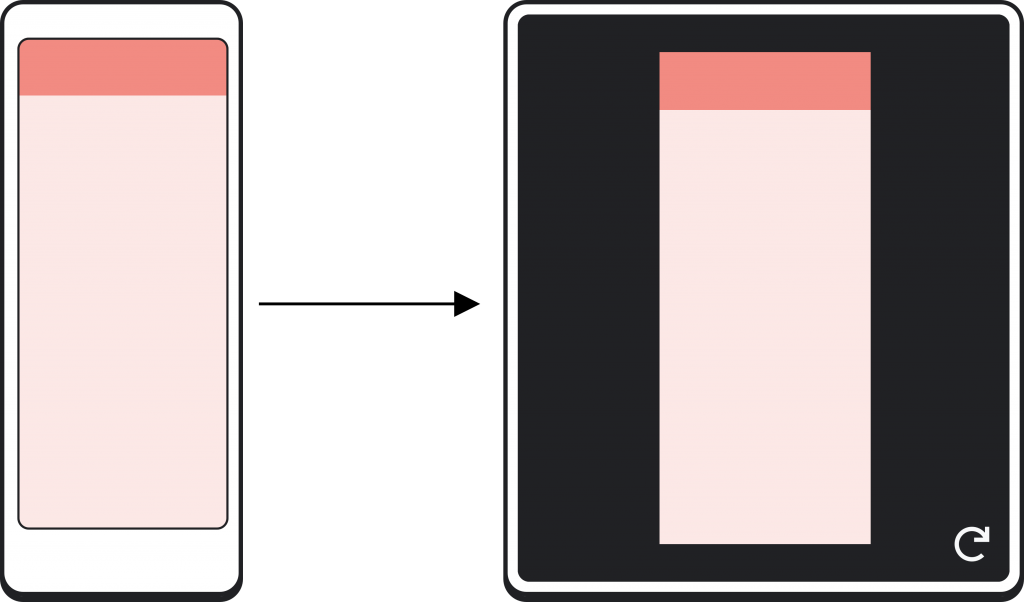
Hence, this code helps an app being compatible with a variety of screens. This includes foldable phones, freeform windows, and desktop screens.
2. Account for the Two States of the Phone
Also, make sure to account for the two states of the phone.
What is the biggest difference between a conventional phone and a foldable phone? The glaringly obvious difference is that there are two ways you can use some foldable phones- i.e., with folded screens and unfolded screens.
This will affect the functionality of the app. You need to consider which features you wish to reflect on which screen.
For instance, the unfolded screens of foldable phones give you quite a lot of room to work with. You can use it to provide an additional enriching experience.
Here, it is better to allow users to navigate with multiple fingers simultaneously rather than one. It is essential that you create an app that works optimally for both screens.
3. Adjust the Screen Ratios
The form factors of foldable smartphones are likely to vary quite a lot, depending on the manufacturer. While some manufacturers are opting for very high, long, and thin screens, there are other phones that might feature bulkier and shorter screens.
It is essential that you test your app for various screen ratios. This will ensure that your app is compatible with as many devices as possible.
Use maxAspectRatio as well as minAspectRatio to identify the lowest and highest ratios the app can handle.
4. Multi-resume
There is nothing more annoying than one app pausing when you open another. And this what multi-window mode help in combatting. Yet, still, when apps run on Android versions lower than 9.0, only the app shown on the screen is resumed after the phone is locked.
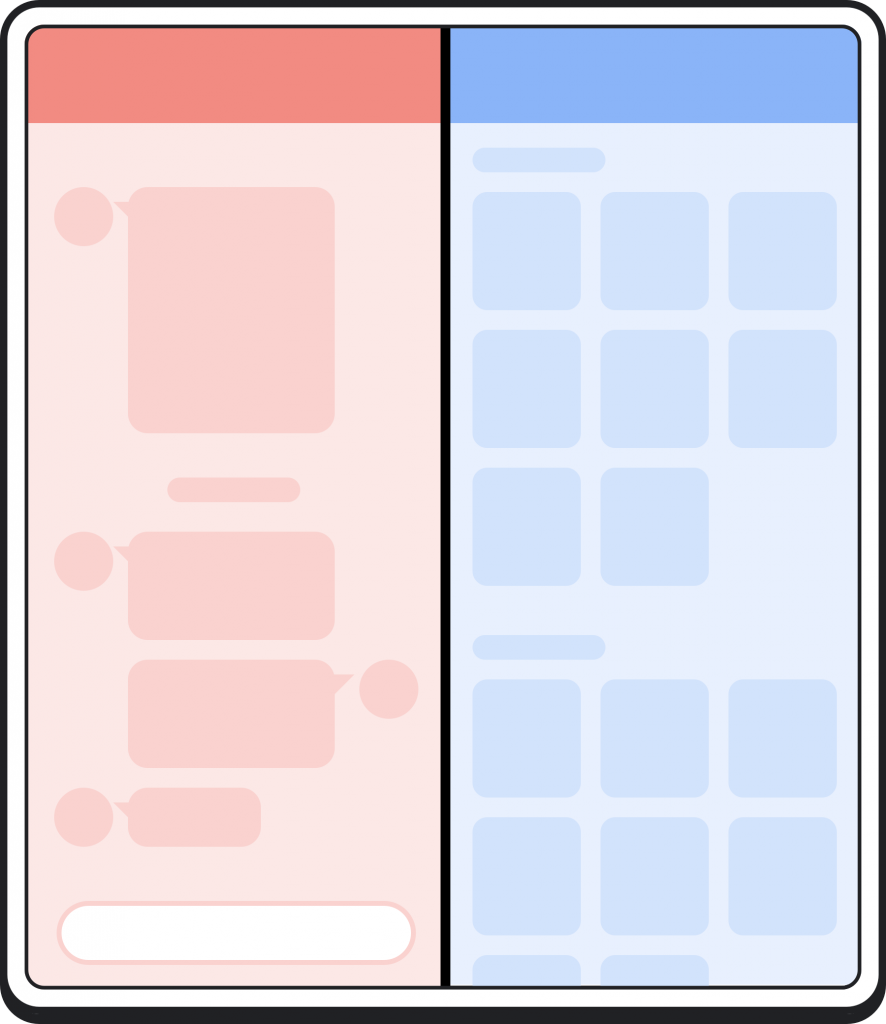
The good news is that Android 10 and above, this glitch has been taken care of. All apps functional are resumed in the multi-window mode. Apps for foldable smartphones must also be developed, keeping this factor in mind.
Add the following manifest meta-data to support this function within your app:
<meta-data
android_name="android.allow_multiple_resumed_activities" android_value="true" />
5. Supporting Multiple Screens Simultaneously
While currently, foldable phones only require one screen support at a time, there is no guarantee that the future will remain the same. In fact, many think soon; app developers will have to account for multiple screens at the same time.
Handling such a change won’t be hard for app developers, even though it might currently seem daunting. This is because the configuration required for multiple screens is quite similar to the projected screens via Chrome OS.
Already, Android 10 and above support simultaneous activities on secondary and primary displays. In the secondary display as well, multi-screen and multi-resume functionality will apply.
When creating an app for a foldable phone, you will have to decide which of the two-screen you want as your primary screen.
Account for the window resize, configuration change, and context update that must occur when an activity moves to a secondary display. You must also specify the same to your users.
6. Ensure Quality
Just like there is a wide variety of smartphones today, each company is now coming up with its own type of foldable phone. Again, app developers must make sure that the functionality of their apps remain optimum regardless of the type of foldable it is operated on.
It is advised that you take it one step at a time. Begin by figuring out how many devices your app must be supported on. Research on their ratio and resolutions. Then, develop an app keeping it all in mind.
The more types of foldable phones that hit the market, the more difficult it is to ensure functionality. Why? This is because no one wants to run that many tests on different devices, right? Well, you can thank your stars and the developers who have created emulators.
Recently, following the launch of a foldable Samsung phone, Samsung also released an Emulator for app developers.
However, for those of you who wish to ensure that no errors are made, it is best to do it the old-school style and run the app on each type of foldable device available. Users don’t compromise on quality, and neither should you.
7. Cater to Feedback
Whenever you enter unchartered territory, mistakes are bound to occur. Considering that foldable phones are still quite new to users, don’t be too hard on yourself if your app doesn’t function perfectly.
Just make sure that you have a clear and thorough feedback collection process in place to capture customer complaints and resolve them as they come. Remember, this might, at times, require you to alter the configuration of the app.
Before releasing your app on a large scale, run a pilot campaign. This will allow you to minimize any negative impact that the presence of colossal mistakes can cause. You can rectify the issues before your market release.
Still, during the app development phase, you must leave room for adaptability. Especially regarding the transition state of the screens.
Verdict
Developing apps for foldable smartphones is not an alien concept. Instead, it is just an extension of what developers already do. Have a professional and adaptable team.
Conduct research on all features of foldable phones that are different from conventional smartphones. Identify how the said features affect your app development process. Alter your development method accordingly. Do as many test runs as possible and take feedback from users very seriously.
Once you take all these factors into account, developing apps for foldable smartphones won’t seem daunting.
FAQs About App for Foldable Smartphones
Foldable phones will have a massive impact on the app development process like a great number of test cases, increased development cost and need more time for design, testing, and development.
You can use the foldable emulator provided by Samsung to test your app in a foldable environment or you can use Android Studio as well.
The cost to develop an app for foldable phones will be much higher than the single screen as it needs a lot of design, development, and testing efforts. Send your requirement to know the app development cost.
